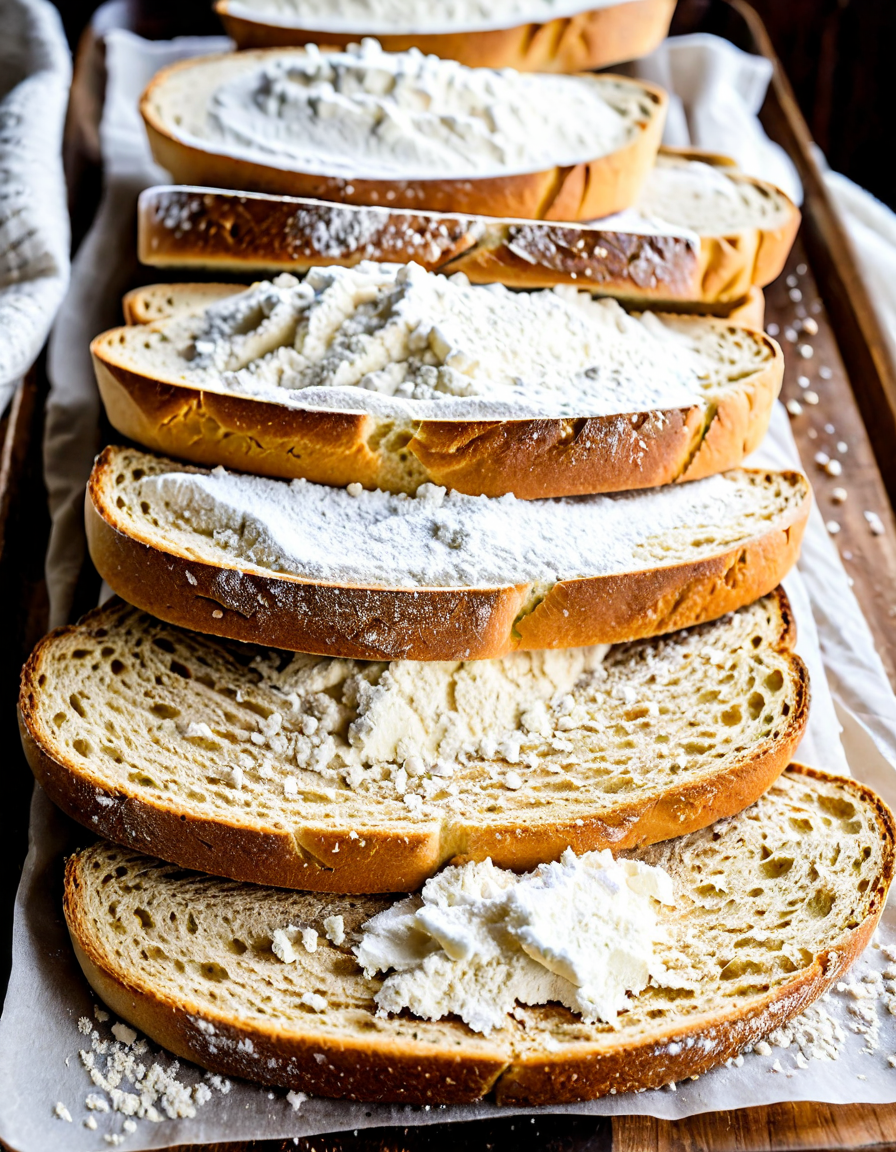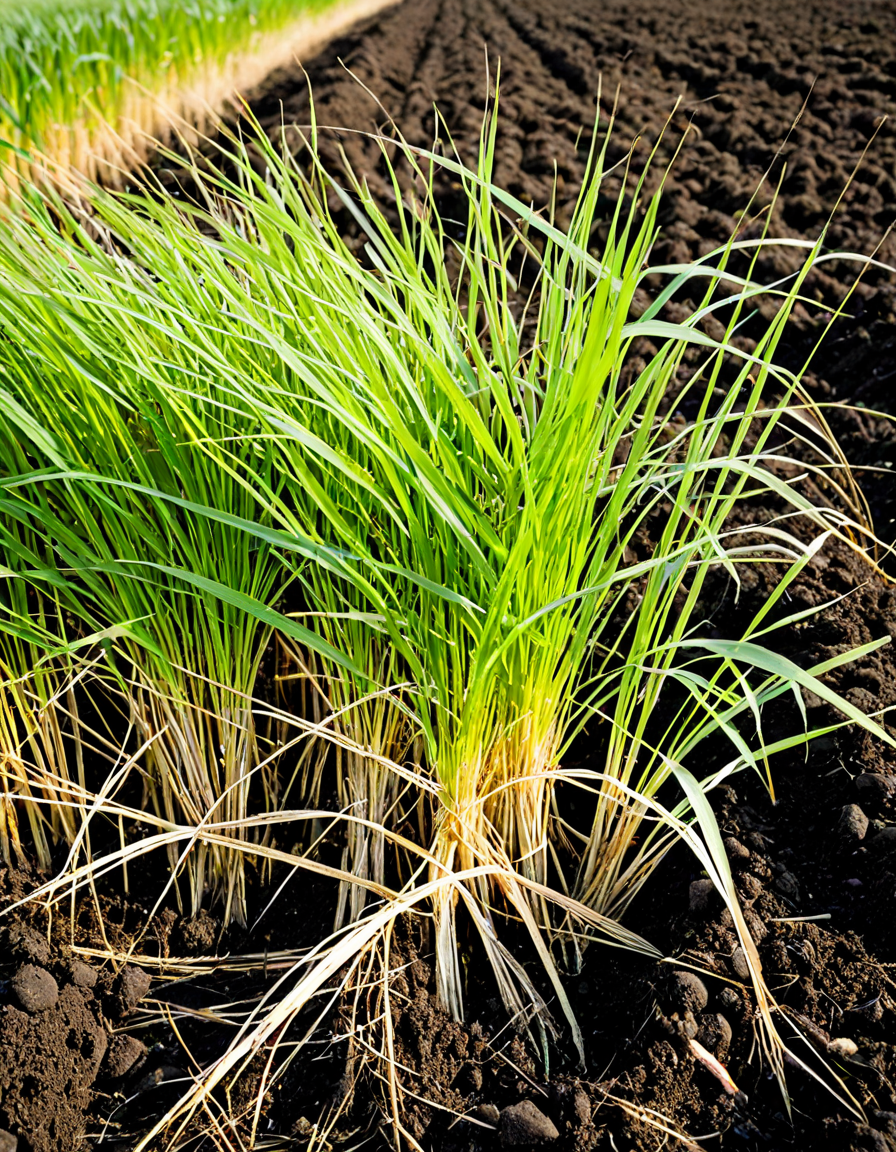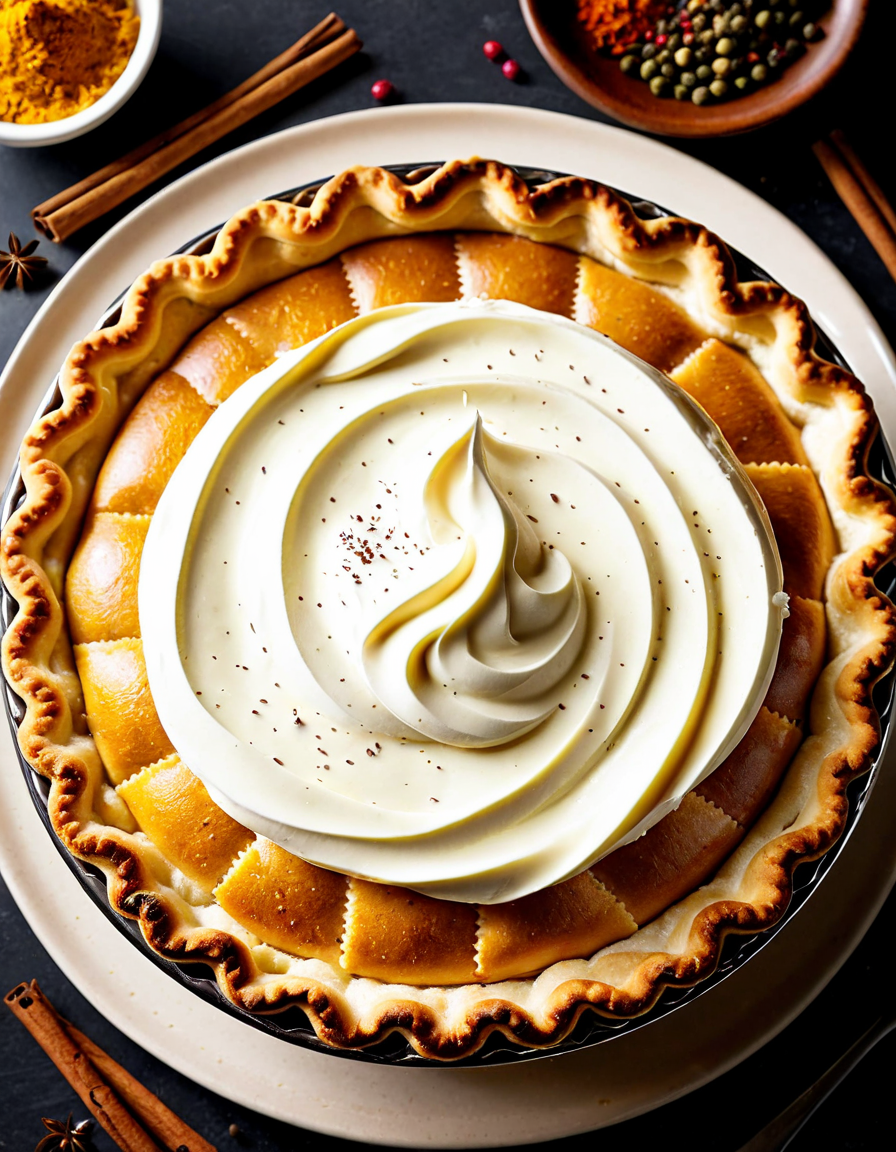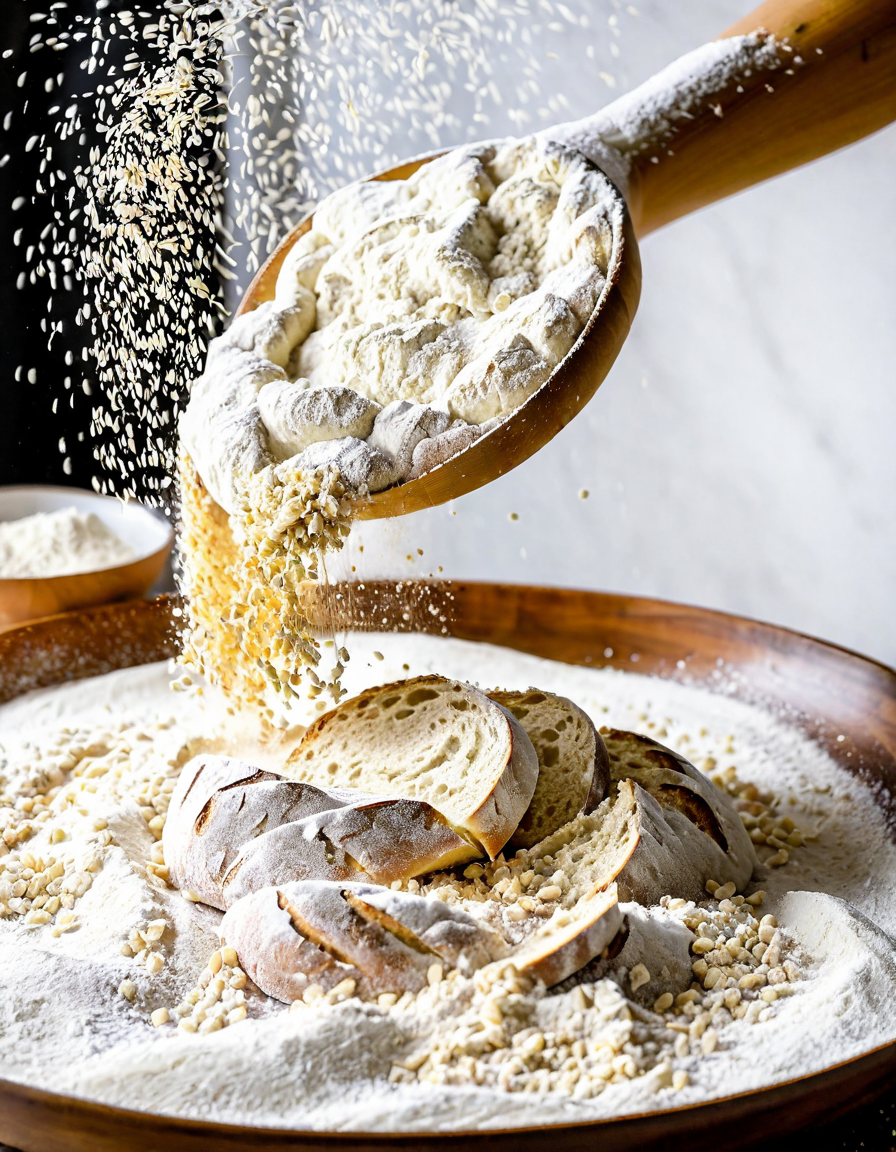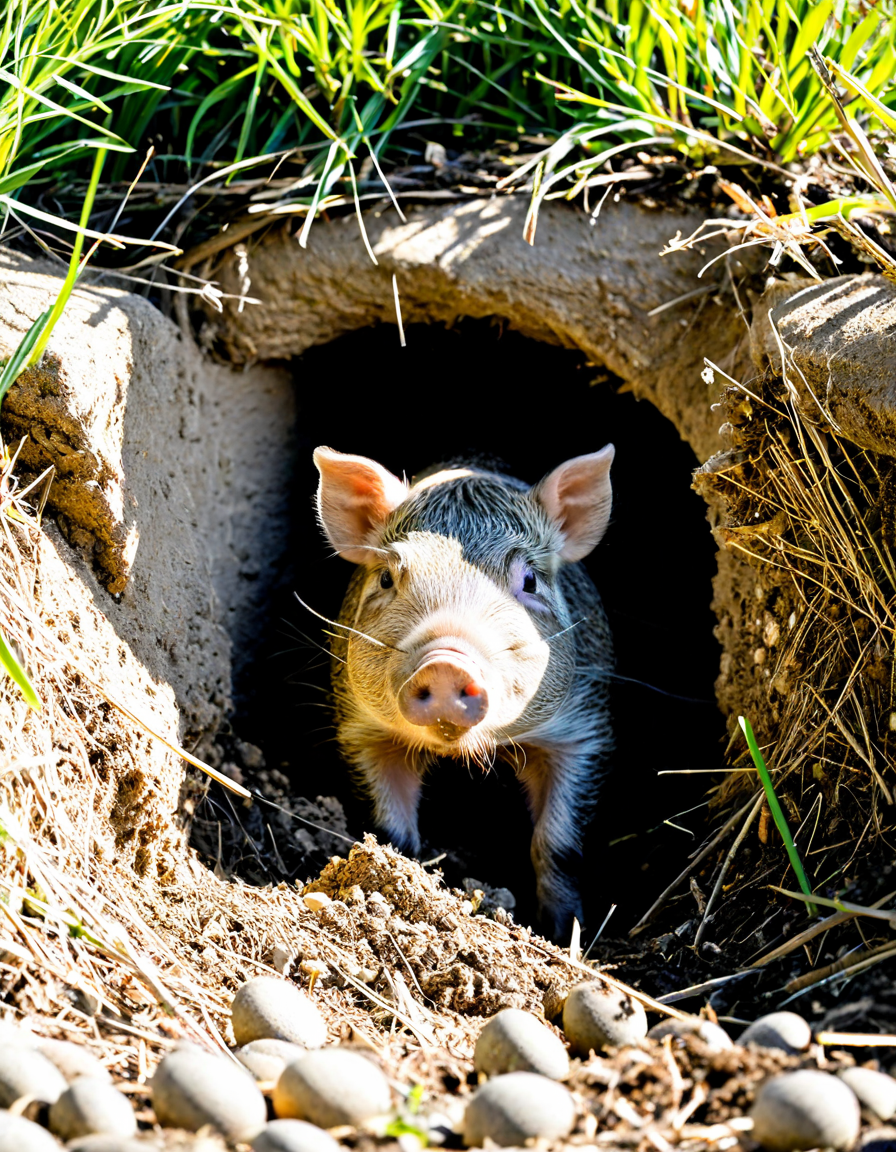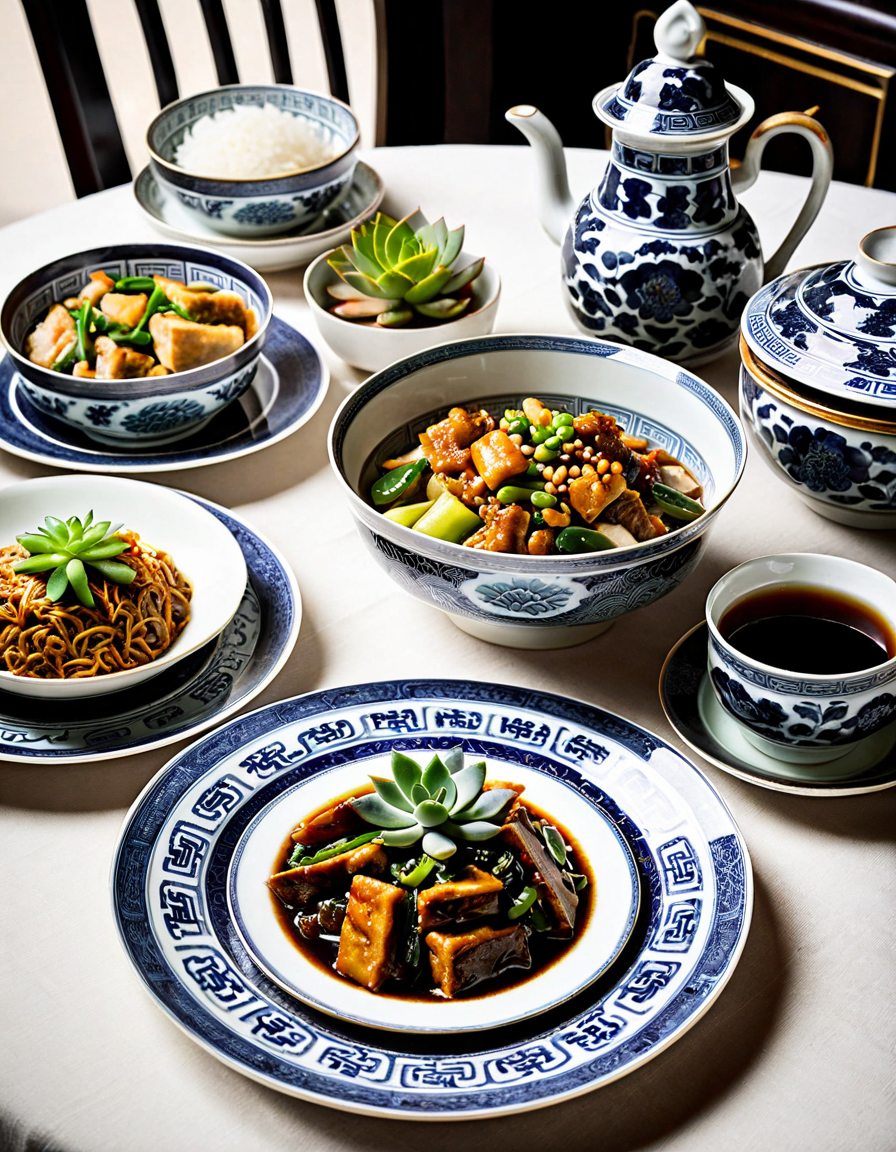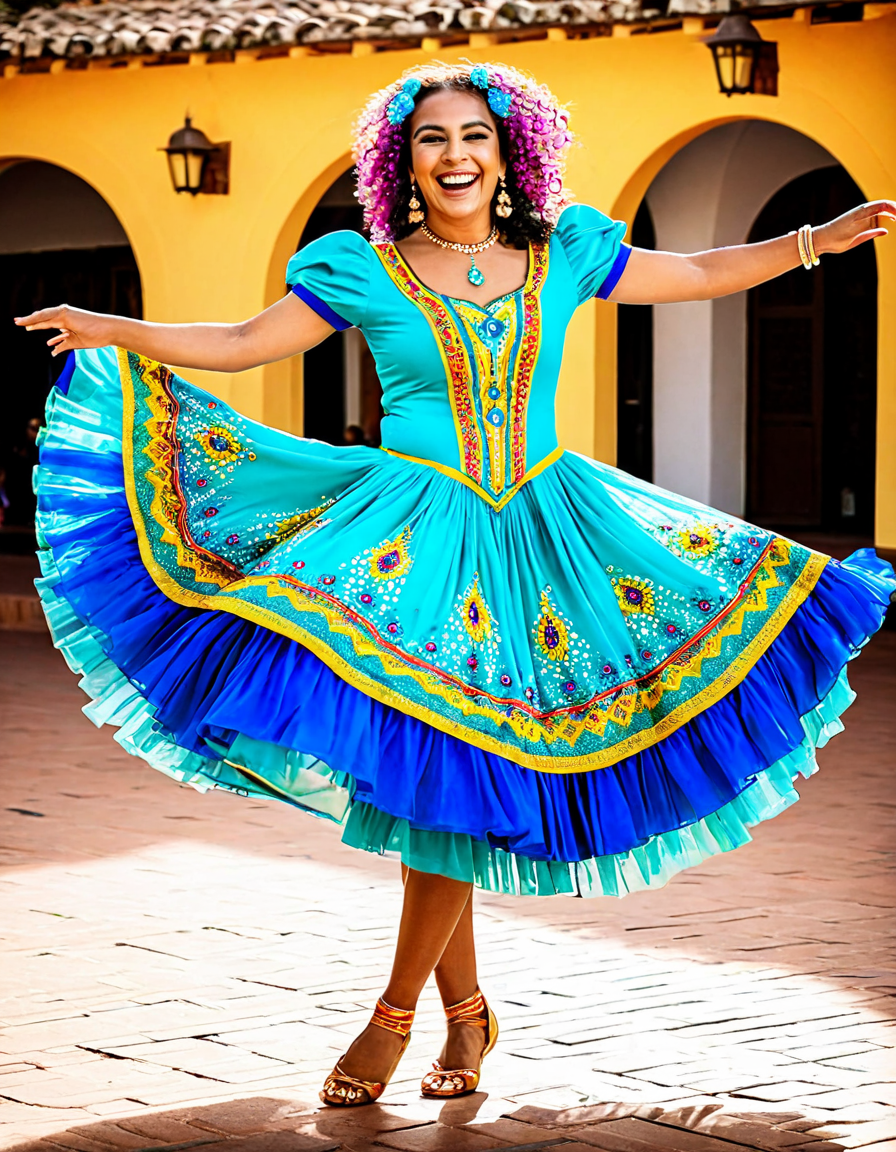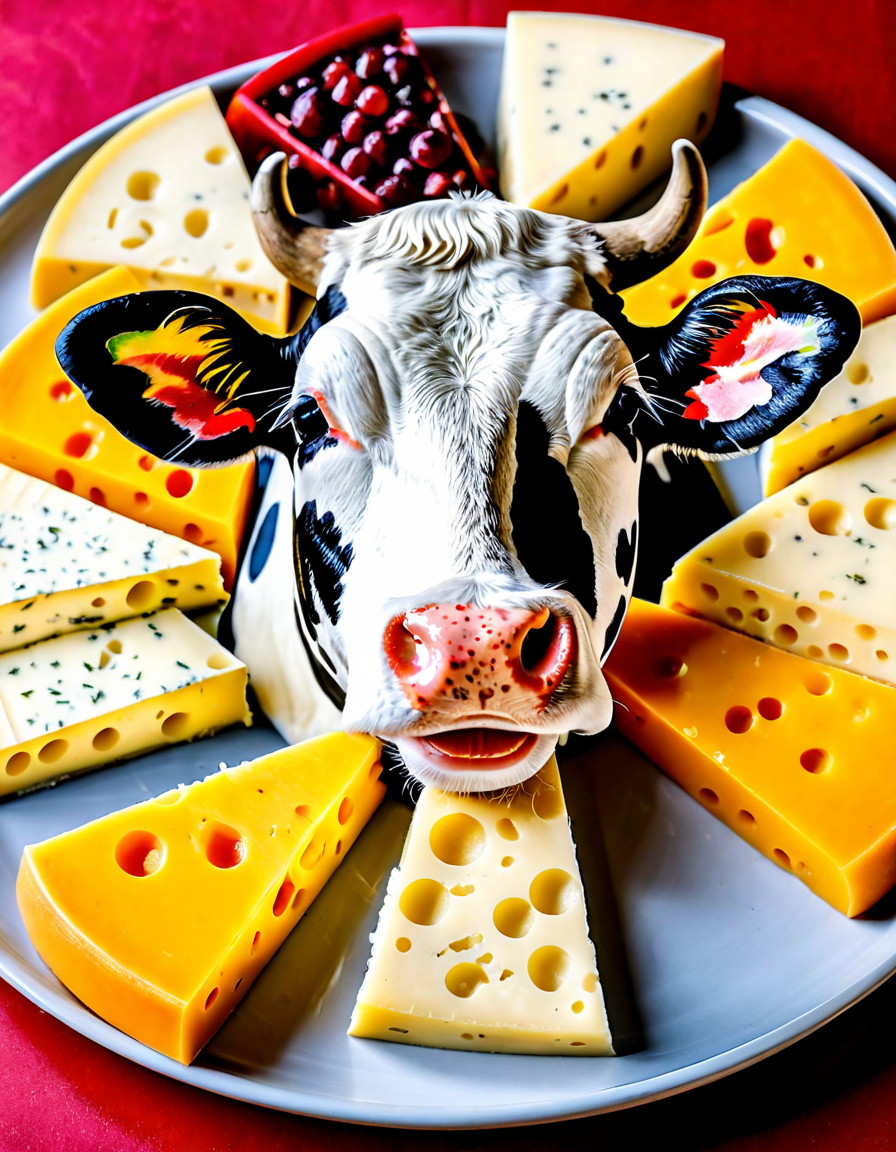Wheat flour stands tall as the bedrock in the art of bread-making, transforming simple ingredients into culinary masterpieces. This essential ingredient does more than just provide structure; it influences flavor, texture, and crumb. Understanding wheat flour and its impact helps us appreciate the nuances of what goes into making that perfect loaf. Let’s dive into the various types of wheat flour and their specific contributions to bread-making.
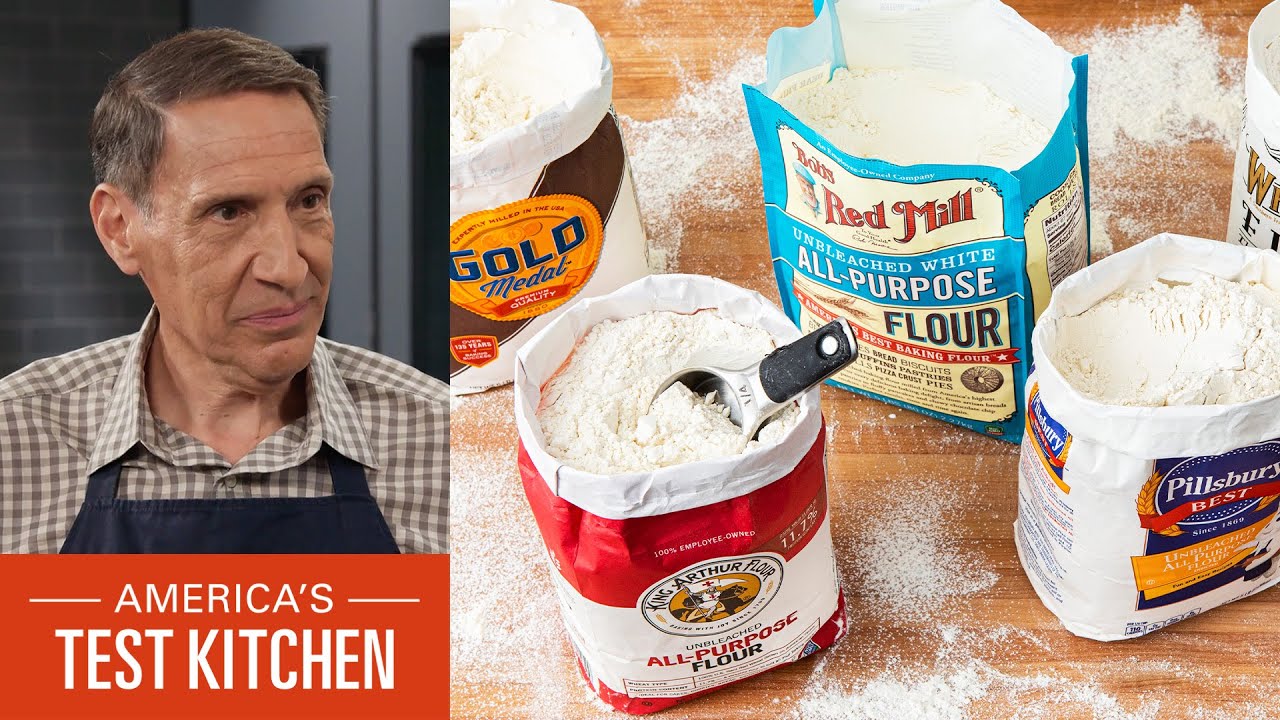
The Top 5 Types of Wheat Flour and Their Impact on Bread Quality
1. All-Purpose Flour
All-purpose flour is the most versatile player in the game. Its diverse nature makes it suitable for a broad range of breads. Brands like King Arthur Flour have carved out a reputation for high-quality all-purpose flour that contains around 10-12% protein. This flour is a baker’s dream, working wonders for everything from crusty baguettes to fluffy sandwich loaves, ensuring it’s a must-have in every kitchen.
Imagine pulling a fluffy sandwich loaf from the oven. The aroma wafts through the air like poetry, and you’re ready to savor every bite. With all-purpose flour, that experience is just a mix away.
2. Bread Flour
If you’re aiming for that delightful chew, then bread flour is your go-to! With a higher protein content of 12-14%, bread flour promotes gluten development, leading to a chewier texture and sturdier structure. Bob’s Red Mill is revered for its top-shelf bread flour, turning ordinary recipes into bakery-quality masterpieces. This gluten strength allows breads, like sourdough or artisan loaves, to rise beautifully, creating a gorgeous crust and airy interior.
For bakers who desire that professional touch in their homemade breads, swapping in bread flour is the secret weapon. It’s the key to achieving that satisfying bite.
3. Whole Wheat Flour
Whole wheat flour isn’t just a health trend; it packs flavor and nutrients! Laden with the goodness of bran and germ, this flour offers a rich, nutty flavor. Brands like Hodgson Mill provide finely milled whole wheat flour that doesn’t compromise on texture. While it can yield denser loaves, combining it with bread flour creates a hearty yet light bread.
Think of creating a wholesome loaf packed with fiber. Whole wheat flour opens the door to a world of flavor without sacrificing health, making it suitable for the modern, health-conscious baker.
4. Pastry Flour
For those quick breads or delicate pastries, pastry flour is where it’s at! With protein content around 8-10%, this flour is perfect for creating tender crumbs without heavy gluten development. There are plenty of options, and brands like Ardent Mills deliver finely milled flour that produces soft, delightful bread rolls. It’s spot-on for sliders and sweet treats alike.
When you want a tender bite, whether in a roll or pastry, pastry flour pulls through. It’s your secret weapon for impressing guests at brunch!
5. Specialty Flours
Specialty flours can be exciting! Options like White Whole Wheat Flour from King Arthur Flour blend whole wheat benefits with a milder flavor. This is perfect for those who want to experiment with healthier options without sacrificing taste. Moreover, flour blends that incorporate ingredients like pea protein are on the rise, catering to gluten-sensitive consumers while ensuring they don’t miss out on terrific tastes.
Crafting bread with specialty flours invites innovation. Each type enhances the culinary experience, allowing for a personal touch in every loaf.
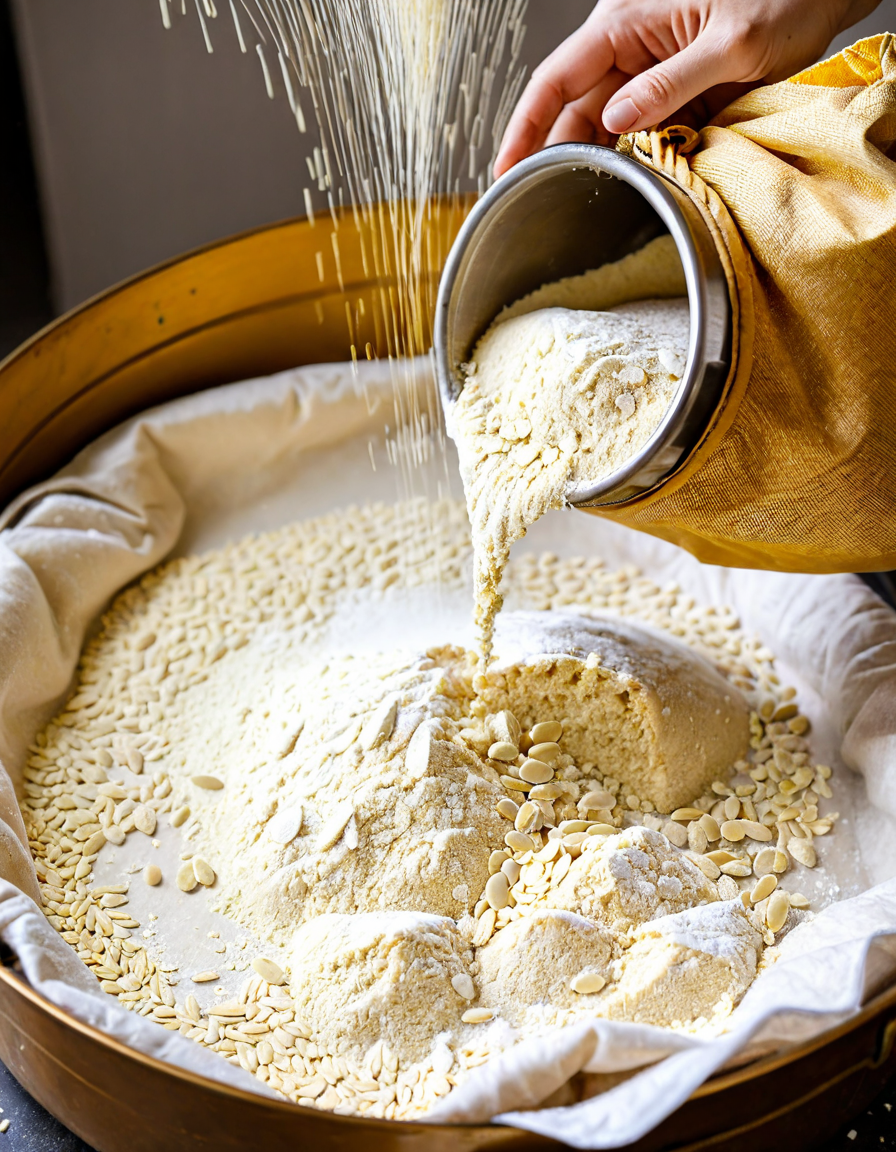
Exploring Wheat Flour’s Versatility in Artisan Breads
Wheat flour’s adaptability shines through artisan bread-making. Advanced bakers often pair it with unique ingredients or creative techniques to craft an impressive variety of breads. Techniques like sourdough fermentation, seen at renowned spots like Tartine Bakery, utilize high-quality wheat flour to develop deep flavors and textures.
Imagine the tang of a perfectly fermented sourdough loaf, crafted with care, each bite a testament to the baker’s skill and creativity. Just like watching the black panther 2 trailer, it evokes excitement that resonates with culinary enthusiasts.
And speaking of creativity, the incorporation of alternative fibers, like cotton yarn, becomes a fun trend in the kitchen. These can be used for covering dough as it rises or for stylishly storing freshly baked goods, marrying practical needs with aesthetic appeal.
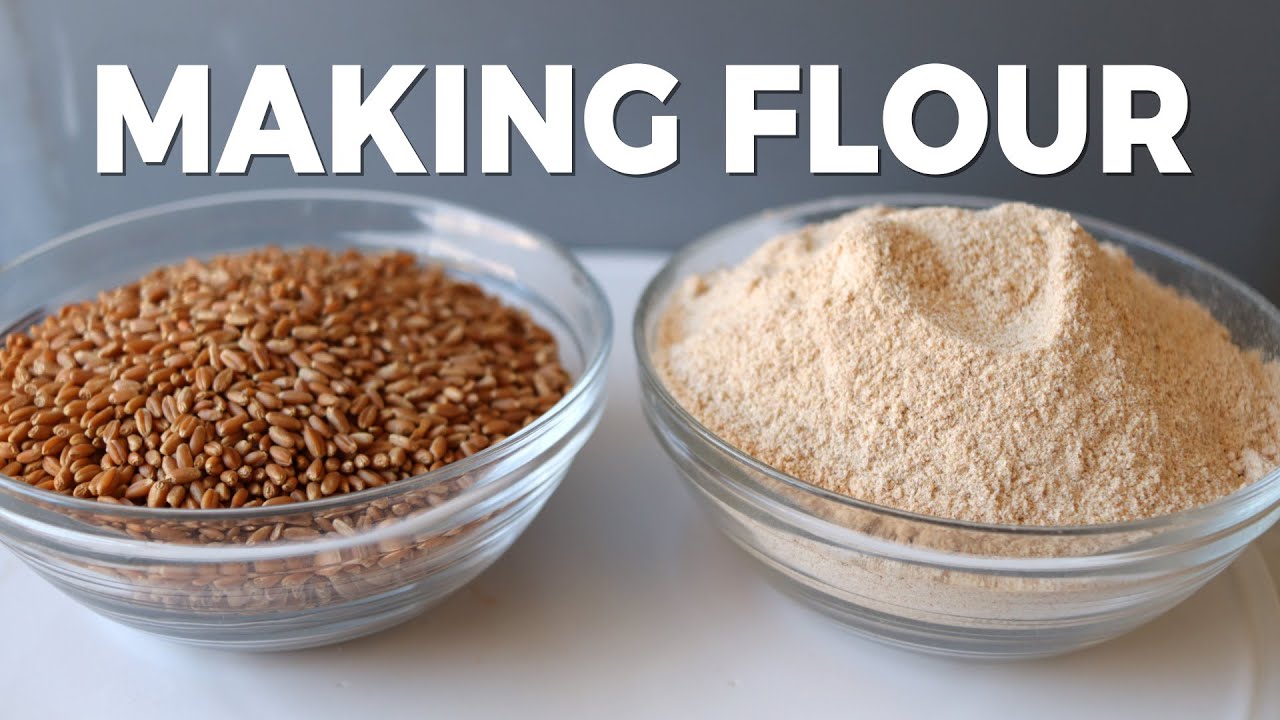
The Critical Role of Moisture: Wheat Flour’s Interaction with Water and Additives
Moisture is crucial in the dance of bread-making. The relationship between wheat flour and water determines the outcome. Sufficient hydration is essential to activate gluten proteins, allowing the bread to rise adequately. Bakers often tweak hydration percentages based on the flour type to hit that sweet spot, leading to varied texture outcomes—light, airy crumbs or denser loaves.
Plus, additives like vital wheat gluten help refine flour characteristics for specialized recipes. Say you’re crafting a gluten-free loaf or experimenting with textures by incorporating elements like pea gravel. That contrast adds visual intrigue and delightful mouthfeels, pleasing adventurous eaters.
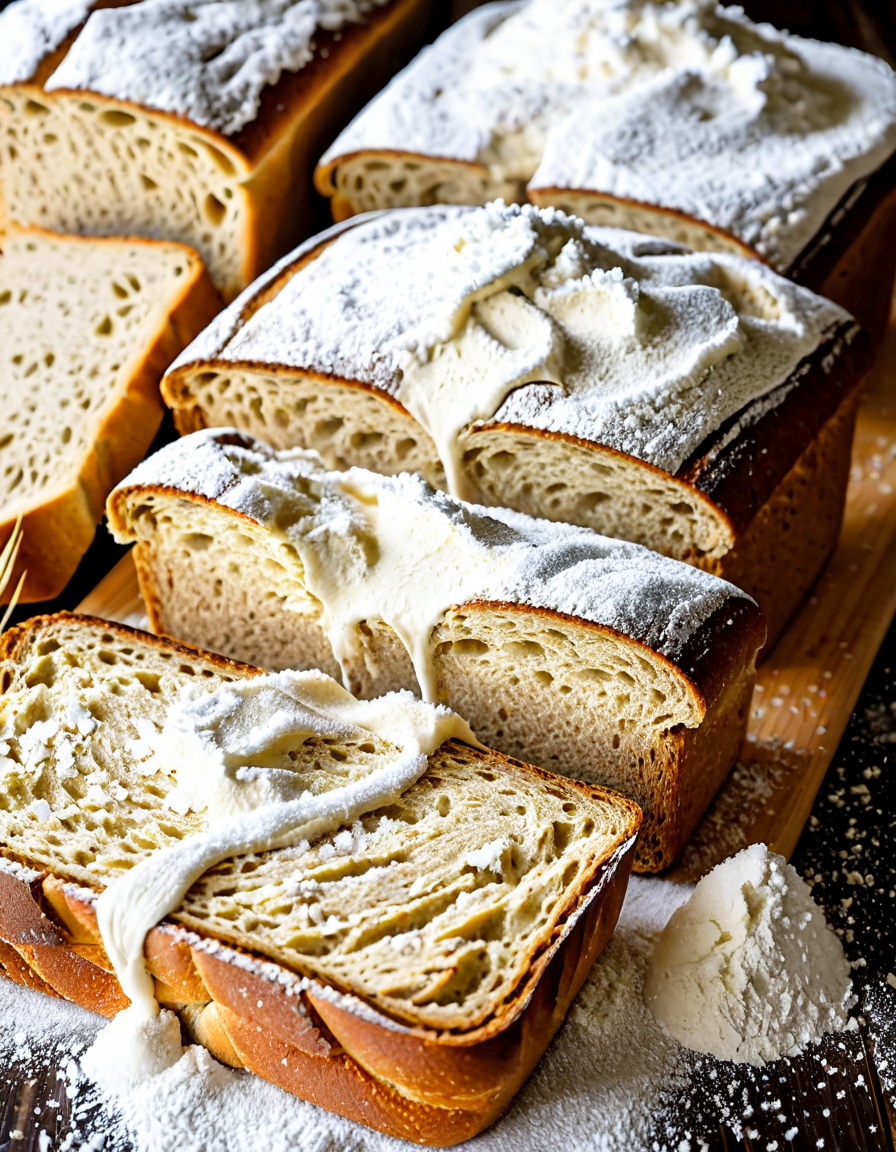
Crafting Innovative Bread Experiences
Bread-making has seen an insightful evolution, blending tradition with innovation in delightful ways. Brands such as Ezekiel 4:9 combine sprouted wheat flour with organic grains to create not just nutritious breads but unique flavor experiences. Their offerings cater to a growing community keen on healthy eating without sacrificing satisfaction.
Get creative by adding herbs, spices, or even incorporating dried fruits and nuts into your dough! Think of it as painting a masterpiece, where wheat flour serves as your canvas. Each addition makes for an exciting story in your bread-making journey.
So, the next time you see that bag of wheat flour, remember that it’s not just flour; it’s an ingredient brimming with potential. By mixing modern trends, like wainscotting in your kitchen decor alongside culinary adventures, bread-making remains a passion at the intersection of trad and flair.
Wheat flour invites bakers to explore flavor, texture, and health—while also inspiring innovation. The future of bread-making shines bright, packed with opportunities for budding and seasoned bakers alike. As we embrace new techniques and pairings—be it with vibrant cotton yarn accessories or intriguing textures from ingredients like pea gravel—the potential is limitless. Bread, as we know it, will keep evolving, much like the stories shared over a warm loaf fresh from the oven.
With wheat flour, adventure awaits! So, gather your ingredients and start baking today.
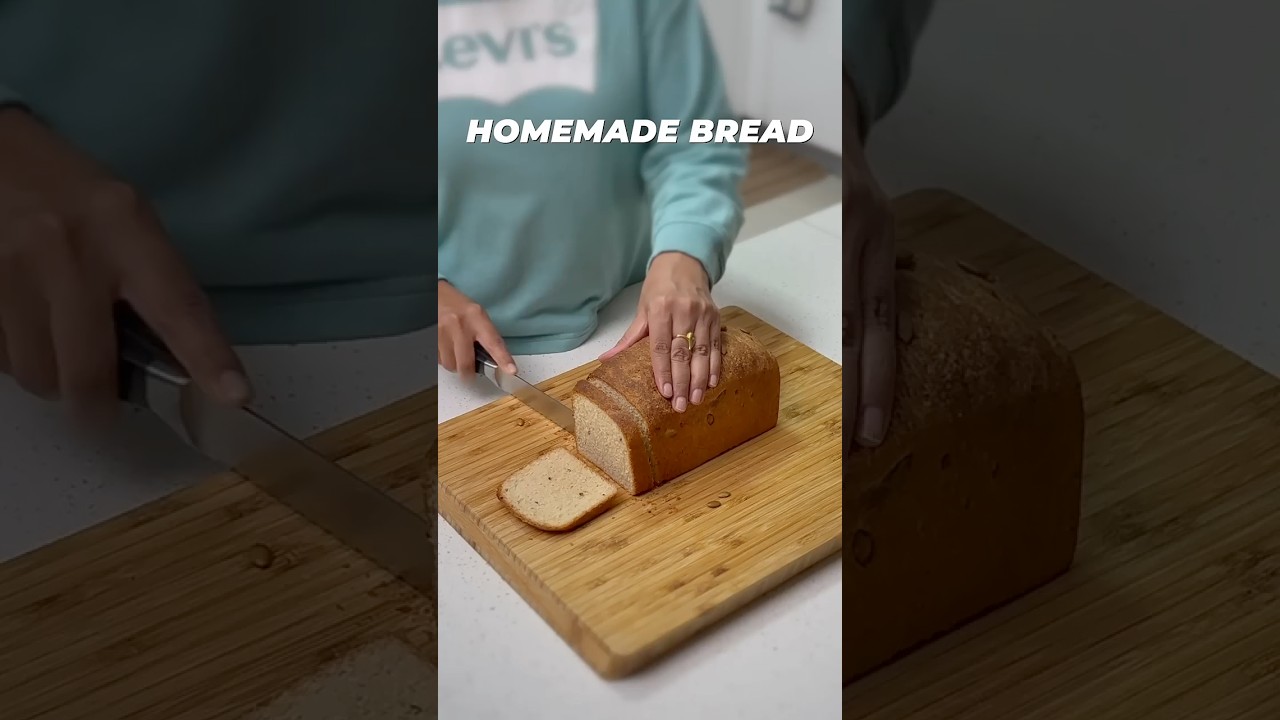
Wheat Flour: The Key Ingredient Behind Delicious Breads
Fun Facts About Wheat Flour
Did you know that wheat flour packs a punch when it comes to nutrition? This staple ingredient not only serves as the foundation for delightful breads but is also rich in essential vitamins and minerals. For example, whole wheat flour retains the bran and germ, making it a healthier option compared to its refined counterpart. Looking back, wheat flour has been a kitchen essential since ancient times, dating all the way back to the Egyptians! They were the first to harness it for baking, chatting about their dough creations much like how we talk about something sweet like sugar daddy candy today.
Now, let’s take a trip down memory lane to the glamorous days of film. Wheat flour not only creates everyday recipes, but it also played its part in classic Hollywood. Starlet Jean Arthur often enjoyed homemade bread, which became a familiar feature on her dining table. Just like you don’t skip the double cream in your desserts, a good loaf needs quality flour to shine in its own culinary spotlight.
Trivia You Didn’t Know
Here’s a cool tidbit: did you know that the type of wheat flour you use can drastically alter the texture of your bread? Bread flour has more protein than all-purpose flour, which gives it that amazing chewiness and structure. So, the next time you’re experimenting with a recipe, remember the magic behind different flour types! Additionally, flour isn’t just used for baking; it can also play a surprising role in sports! In midget wrestling, for instance, flour is sometimes used in the ring to create a bit of comedy and chaos.
And speaking of chaos, you might be surprised to learn that there’s a wheat variety known as rye grass! It’s not just for animal feed; people have been exploring its benefits for sustainable agriculture. Various environmental factors play into what kind of wheat grows best, and these insights can change faster than you think—just like trying to prepare for an amenaza de tornado. So each time you whip up some dough, you’re connected to a rich tapestry of history and innovation. Who knew wheat flour could be this much fun?
